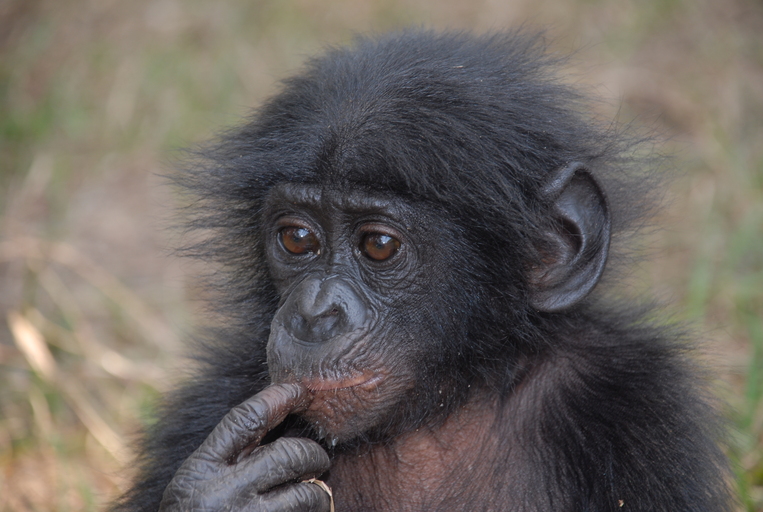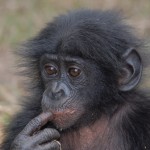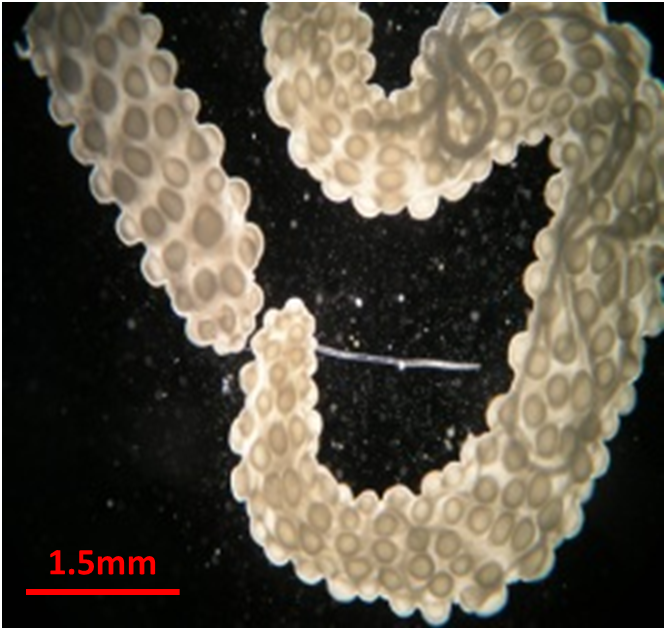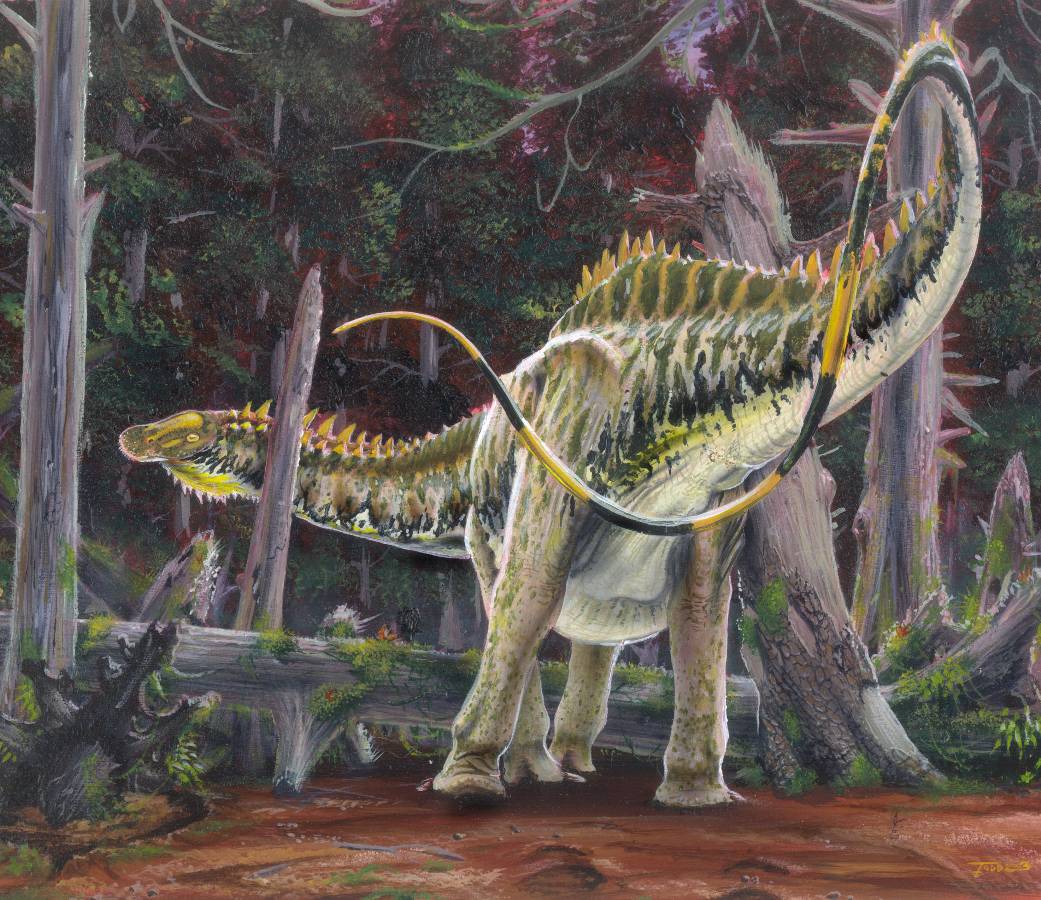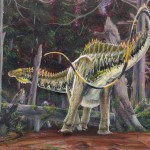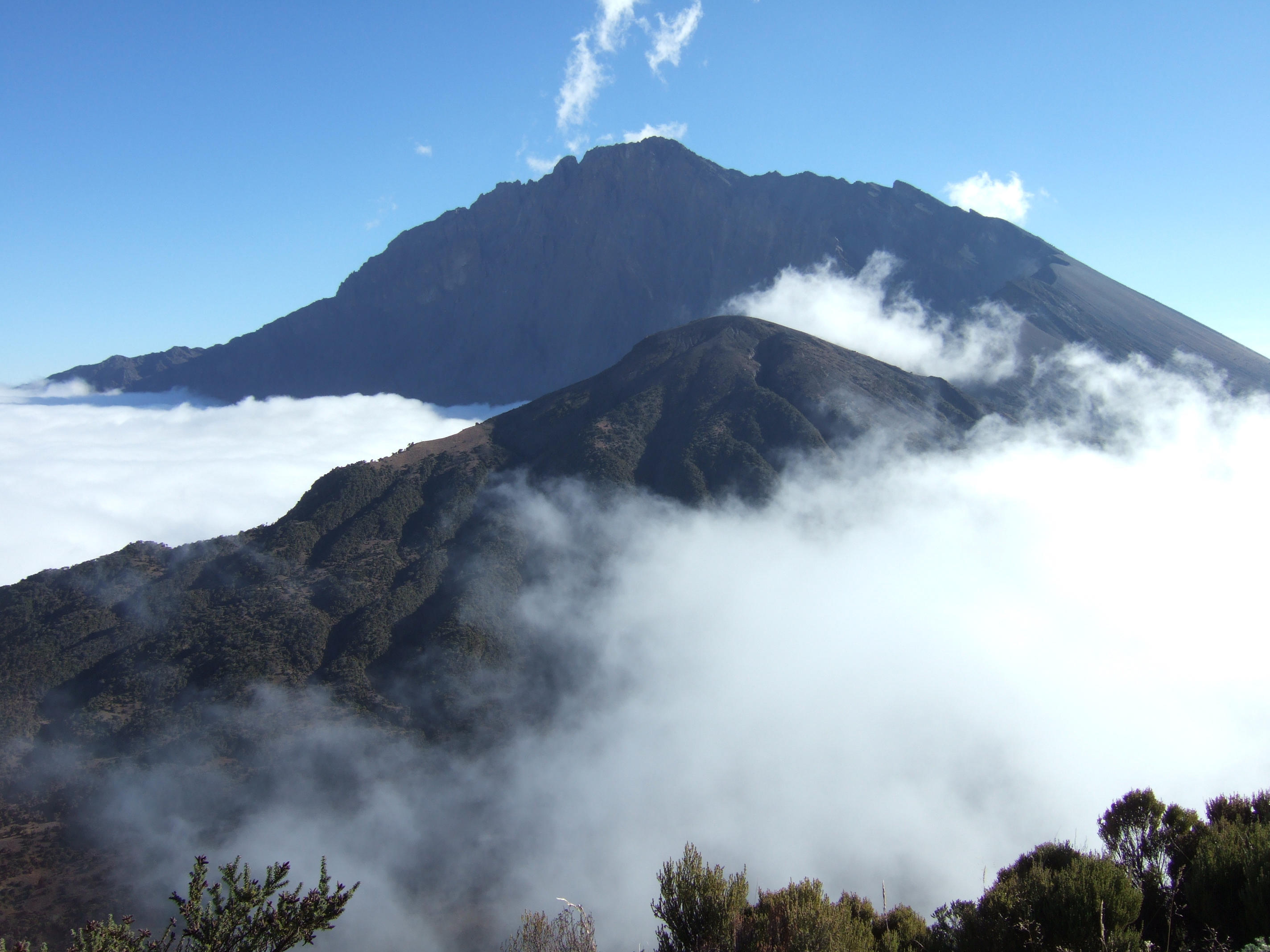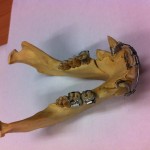
The Natural History museum in Dublin is one of my favourite places in the city. It has a very Victorian feel to it, none of this pandering to the X-box generation, just cabinet upon cabinet of mounted skins and skeletons revealing the diversity of nature. Some of the taxidermy is pretty hilarious and you can see the bullet holes in some of the skeletons, but that adds to the charm of the place!
I did a lot of museum based work during my PhD and absolutely loved using museum collections, so now I have my own students they all have museum collection aspects to their projects (whether they like it or not!). They will be using the collections in the Dublin museum, so today we had a tour behind the scenes of the museum, and a look at the storage areas with one of the curators Nigel Monaghan.
It was awesome! In the space of a few hours we saw insects collected by Darwin during his time on the HMS Beagle, a Dodo skeleton, a macaque skull with orthodontic braces (the original owner was apparently a dentist, though no-one is sure whether the macaque had braces in life or was just used for practice after it died), an entire room full of Irish elk crania and antlers, some wild Irish grass snakes (Ireland historically has no snakes of any kind), a DNA bank for every Cetacean stranded on the Irish coast, a huge selection of bird parts collected from birds that accidentally flew into lighthouses, and probably the funniest interpretation I’ve ever seen of what a guinea pig should look like.
As we went around, many of the things Nigel told us got me thinking about what an under used resource museum collections are. Certainly many people use the big collections in London, Paris, New York and Washington DC, but few of us would think to look in our local museums. For example, Nigel told us that a geneticist did a piece to camera in the museum recently and mentioned how wonderful it was that they had managed to extract Dodo DNA from a specimen in France. They seemed completely unaware of the fact that the Dublin museum has a beautiful Dodo skeleton in its collection. So my message is go out and use your local museum collections (or at least ask the curators if they have what you’re looking for)! They’re wonderful sources of information and inspiration, whether you’re a first year undergraduate student or a tenured professor. Right, now where did I put my calipers…
Author
Natalie Cooper: ncooper[at]tcd.ie
Photo credit
Natalie Cooper


